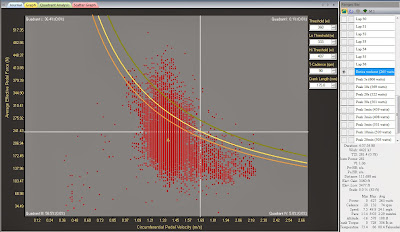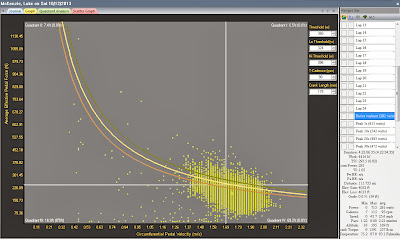70.3 Build and Peak Half Ironman Plan - 6 Week Program
This is a short-term Build and Peak Plan for an athlete who wants to be competitive in their age-group for an upcoming 70.3/Half-Ironman, with a Saturday race. The plan starts 6-weeks prior to the race and assumes an athlete is coming in with good fitness, and wants to get in a strong block of training to prepare them specifically for the half-ironman, to do well and be competitive. Sample Work...





